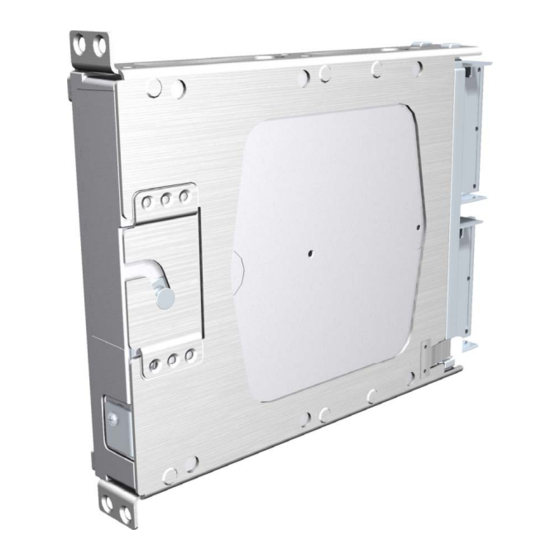Garmin GEA 71 Installatiehandleiding - Pagina 28
Blader online of download pdf Installatiehandleiding voor {categorie_naam} Garmin GEA 71. Garmin GEA 71 34 pagina's.

4.2.2
Transducer Output Power
The GEA 71 supplies output power for engine/airframe sensors that may require supply voltage
excitation. The GEA 71 outputs three different voltage levels:
+5 Vdc
•
+10 Vdc
•
+12 Vdc.
•
Transducer output current is limited to 125 mA for the +5 and +10 Vdc outputs, and 300 mA for the
+12 Vdc output. The three voltage outputs are temporarily disabled during power-up for ~2 seconds.
4.2.3
Engine Temperature Analog In
Aircraft engine temperature sensors are usually one of two types: Thermocouple or Resistive Temperature
Detector (RTD). The GEA 71 is designed to utilize either sensor for EGT and CHT temperature
measurements. Engine Temp Analog inputs are only available with the resistive divider disabled
(1:1 scaling). The maximum differential voltage and the maximum voltage with respect to ground that
can be measured on any Engine Temp Analog Input is 2.5 Vdc.
The GEA 71 can be used with Type K or J thermocouples. Some thermocouples have a ground reference
built into their design while others do not. The GEA 71 works with either setup. Figure B-1 provides an
example interconnect showing thermocouples.
The GEA 71 uses an additional backshell thermocouple to determine the reference junction temperature at
the thermocouple wire-to-copper crimp pin junction. Refer to Section 3.4 for backshell thermocouple
installation.
RTD sensors are generally only used for CHT measurement, as most are not capable of extreme
temperatures found in EGT measurements. RTD sensors require a constant current source. RTD sensors
must be 'daisy-chained' in series, providing a current path to ground. See Figure 4-1 for a RTD
interconnect example. Constant current source is 250 µA.
Figure 4-1. RTD Daisy-Chain Interconnect Example
Page 4-6
Revision F
GEA 71 Installation Manual
190-00303-40
